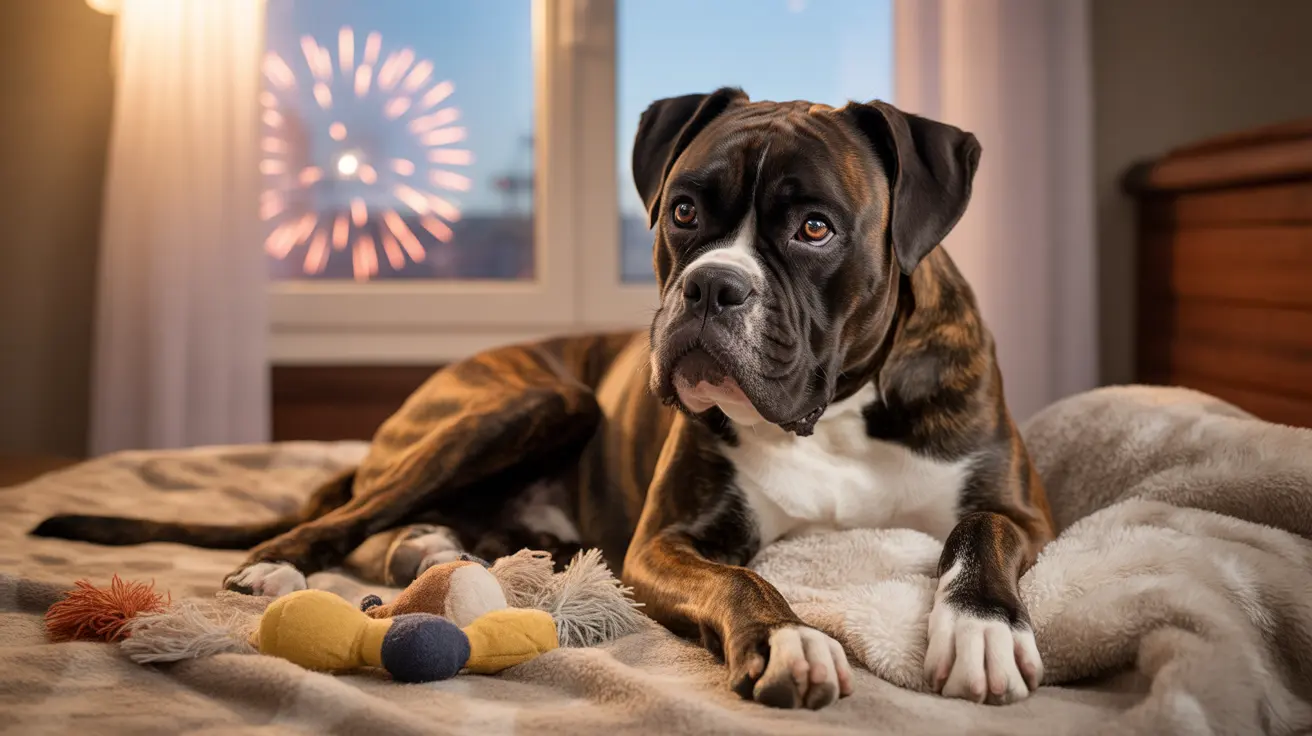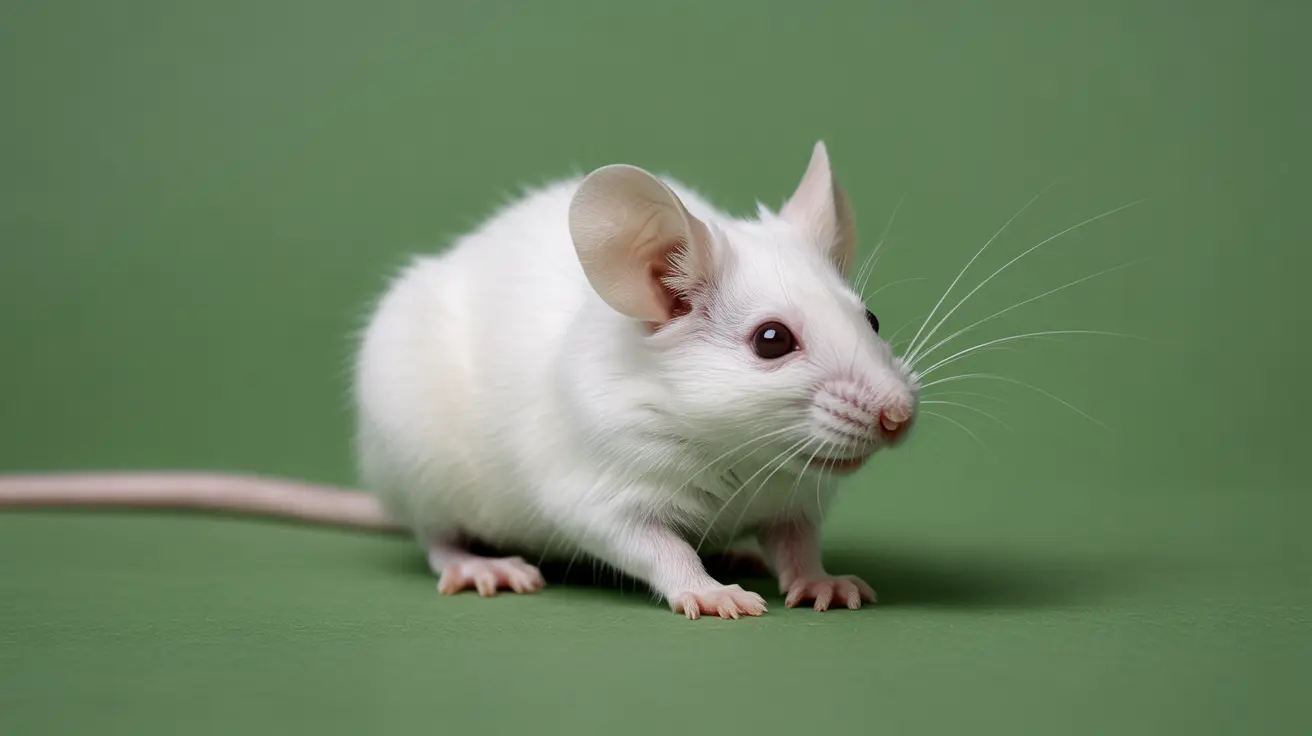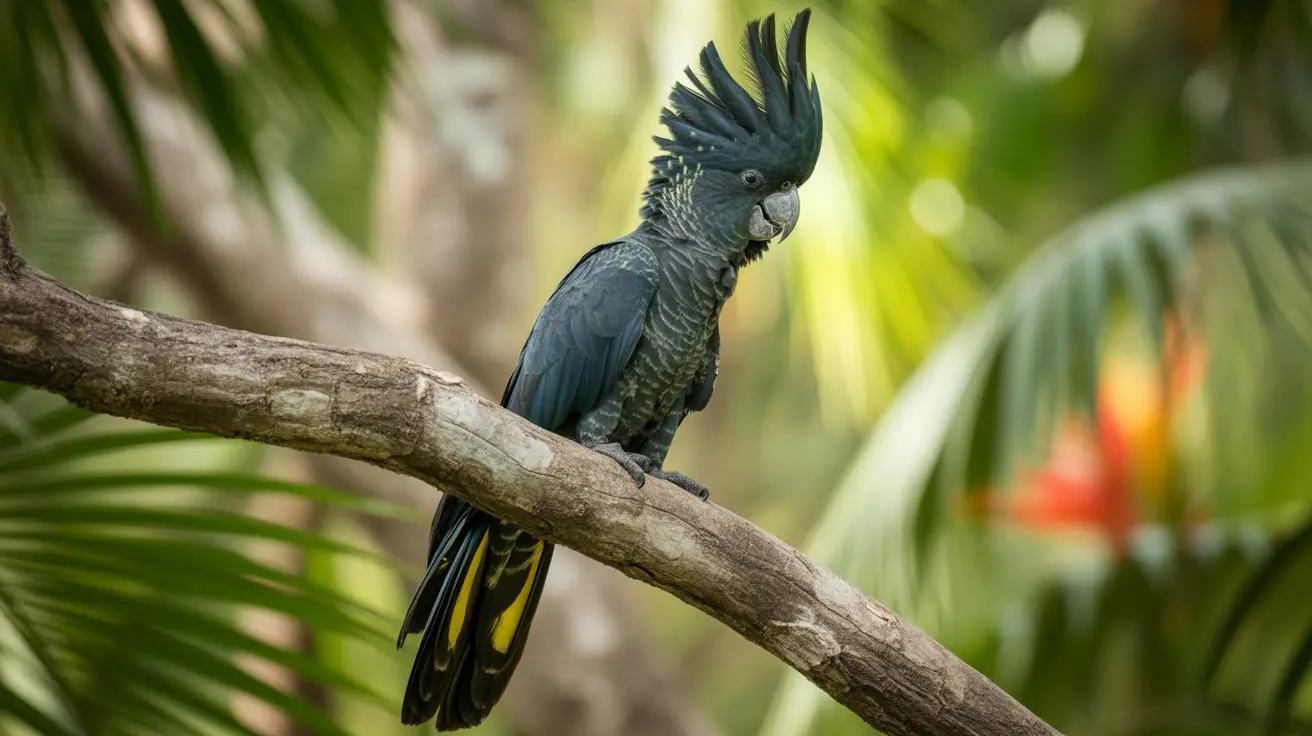Keeping Dogs Calm During Fireworks: Essential Strategies for New Year's Eve and Beyond
New Year's Eve brings joy and celebration for humans, but for millions of dogs, it represents one of the most terrifying nights of the year. The unpredictable loud noises, bright flashes, and sudden explosions of fireworks can trigger intense anxiety and panic in our canine companions. Understanding how to support your dog through these challenging moments is crucial for their wellbeing and safety.
Fireworks anxiety affects dogs of all ages and breeds, manifesting through hiding, trembling, excessive barking, pacing, and even destructive behaviors. The good news is that with proper preparation and the right strategies, you can significantly reduce your dog's stress and help them feel secure during fireworks displays. This comprehensive guide will walk you through proven methods for keeping dogs calm during fireworks, from immediate comfort techniques to long-term behavioral solutions.
Understanding Fireworks Anxiety in Dogs
Dogs experience fireworks anxiety due to several factors that make these celebrations particularly distressing for them. The loud, unpredictable nature of firework sounds, combined with bright flashes and unusual smells, creates a perfect storm of sensory overload that can trigger their fight-or-flight response.
Common symptoms of firework-induced anxiety include panting, trembling, shaking, hiding in small spaces, excessive barking or whining, pacing, restlessness, drooling, tail tucking, and desperate attempts to escape. Some dogs may also exhibit destructive behaviors or lose control of their bladder and bowels during particularly intense episodes. Recognizing these signs early allows you to intervene quickly and provide the support your dog needs.
When to Seek Professional Help
While mild anxiety can often be managed with home strategies, severe reactions require professional intervention. If your dog shows extreme panic, attempts to escape through windows or doors, becomes destructive, or exhibits these behaviors for extended periods after fireworks end, it's time to consult with a veterinarian or certified animal behaviorist. Noise phobia is a genuine panic disorder in dogs that requires a patient, multi-step approach combining medical and behavioral interventions.
Creating a Safe Haven at Home
Establishing a secure, comfortable environment is fundamental to keeping dogs calm during fireworks. Your dog's safe space should be a quiet room away from street noise, preferably an interior room where the sounds are most muffled. This area should contain familiar items like their favorite bed, blankets, and toys to provide comfort and security.
Close all curtains and blinds to block out the bright flashes that accompany firework displays. Consider creating a den-like environment using covered crates with blankets, which many dogs find naturally calming. The goal is to make this space feel like a sanctuary where your dog can retreat when feeling overwhelmed.
Sound Management Techniques
Masking firework noises is crucial for reducing your dog's anxiety response. Playing white noise, calming music, or familiar sounds at a moderate volume can help muffle the sudden, jarring sounds of fireworks. However, ensure your dog is already comfortable with these sounds before the event, as introducing new audio stimuli during a stressful time may add to their anxiety rather than reduce it.
Some owners find success with television or radio programs that feature consistent background noise. The key is choosing something that provides steady sound coverage without sudden volume changes that might startle an already anxious dog.
Anxiety-Reducing Garments and Pressure Therapy
Anxiety vests like the Thundershirt have gained popularity for their effectiveness in calming anxious dogs through gentle, consistent pressure. These snug-fitting garments work by applying gentle pressure across the dog's torso, similar to swaddling a baby, which can help reduce anxiety and provide a sense of security during stressful events.
The success of pressure therapy lies in its ability to activate pressure points that promote relaxation. When considering an anxiety vest, ensure proper fit – it should be snug but not restrictive, allowing your dog to move comfortably while providing the calming pressure effect. Introduce the garment during calm periods so your dog associates it with positive experiences before using it during fireworks.
Pre-Event Preparation Strategies
Proper preparation begins hours before the first firework explodes. Providing vigorous exercise through a long hike or intense play session earlier in the day can tire your dog both mentally and physically, potentially reducing their reaction to evening fireworks. A tired dog is more likely to rest through disturbances than one with pent-up energy.
Schedule early meals and bathroom breaks well before fireworks typically begin. This prevents the need to take your dog outside during the height of the celebration, when noises are loudest and most frequent. Ensuring your dog's basic needs are met beforehand allows you to focus entirely on comfort and support during the event.
Identification and Safety Measures
Even well-prepared dogs may panic and attempt to flee, making proper identification crucial. Ensure your dog wears an up-to-date ID tag and is microchipped with current contact information. More dogs go missing on New Year's Eve and July 4th than any other days of the year, often due to firework-induced panic and escape attempts.
Sound Desensitization Training
For long-term success in keeping dogs calm during fireworks, sound desensitization training offers one of the most effective approaches. This process involves gradually exposing dogs to recorded firework sounds at very low volumes while pairing the experience with treats and praise, helping them associate the noises with positive experiences.
Begin this training months before firework season, starting with barely audible volumes during relaxed moments. Over time, gradually increase the volume and introduce different types of firework sounds to build tolerance. The key to success is patience – rushing the process can increase rather than decrease anxiety levels.
Counterconditioning Techniques
Alongside desensitization, counterconditioning teaches dogs to associate relaxed behaviors with noise exposures. This might involve training your dog to go to a specific mat or bed when they hear certain sounds, rewarding calm behavior, and creating positive associations with what were previously frightening stimuli. This systematic approach requires consistency but can significantly reduce noise sensitivity over time.
Distraction and Comfort Methods
Effective distraction techniques should begin before fireworks start to be most beneficial. Offering long-lasting chews, puzzle toys like KONG toys filled with treats, or frozen treats can help redirect your dog's attention away from the frightening noises. The mental stimulation provided by these activities can be particularly effective for anxious dogs.
Your presence and calm demeanor are essential during firework displays. Never leave your dog alone during these events, as isolation can intensify their anxiety. Contrary to outdated beliefs, providing comfort and calm reassurance to a genuinely fearful dog does not reinforce fear behavior – it provides necessary emotional support during a legitimately frightening experience.
Appropriate Comforting Techniques
Different dogs respond to various comforting approaches. Some benefit from gentle petting and quiet reassurance, while others prefer distraction through play or basic training exercises. Observe your dog's body language to determine what type of support they find most helpful, and maintain a calm, confident demeanor to help them feel secure.
Calming Supplements and Natural Aids
Over-the-counter calming supplements can provide mild relief for dogs with manageable anxiety levels. Products containing ingredients like L-theanine, chamomile, or tryptophan may help promote relaxation when used as part of a comprehensive approach. Pheromone collars and diffusers that release synthetic versions of calming dog pheromones can also contribute to a more relaxed environment.
However, these natural options typically work best for mild anxiety and should be introduced well before the stressful event to allow time for effectiveness. For dogs with severe anxiety, these supplements alone are unlikely to provide sufficient relief and should be combined with other strategies or professional interventions.
Veterinary Medications for Severe Anxiety
When anxiety is severe enough to significantly impact your dog's wellbeing, veterinary medications may be necessary. Modern anxiety medications for dogs are designed to reduce fear and panic while maintaining alertness, unlike older sedatives that could worsen internal anxiety by reducing the dog's ability to cope while leaving the fear response intact.
Effective veterinary options include trazodone, alprazolam (Xanax), Sileo gel (dexmedetomidine), gabapentin, and clonidine. These medications work by targeting the neurochemical pathways involved in anxiety and fear, providing genuine relief rather than simple sedation. However, all medications should be administered under veterinary guidance and tested well before the firework event to ensure proper dosing and to monitor for any adverse reactions.
Avoiding Ineffective Treatments
Some commonly suggested remedies may not provide the anxiety relief dogs need during fireworks. Over-the-counter options like Benadryl can cause sedation but do not actually treat anxiety, potentially leaving dogs feeling drowsy but still fearful. Similarly, medications that sedate without addressing fear can worsen the situation by reducing the dog's coping abilities while the anxiety remains unchanged.
Emergency Techniques for Panic Situations
Despite preparation, some dogs may still experience severe panic during unexpected firework displays. During these moments, remain calm and focus on creating immediate safety. Guide your dog to their designated safe space, use their anxiety vest if available, and provide steady, reassuring presence without overwhelming them with attention.
If your dog is attempting to escape or hide, allow them to seek shelter in their preferred location while ensuring their safety. Never restrain a panicked dog unless necessary for safety, as this can increase their stress levels. Instead, make yourself available for comfort while respecting their need to cope in their own way.
Long-Term Prevention and Training
The most effective approach to keeping dogs calm during fireworks involves year-round preparation rather than crisis management. Early socialization with various sounds during puppyhood significantly reduces the risk of developing noise anxiety later in life. For adult dogs, consistent desensitization training during quiet periods builds resilience for future challenges.
Consider working with a certified dog trainer or animal behaviorist to develop a customized training plan for your dog's specific needs. Professional guidance can help you avoid common mistakes and ensure your training efforts are as effective as possible.
Frequently Asked Questions
- How early should I start preparing my dog for firework season?
Begin preparation at least 2-3 months before anticipated firework events. This allows sufficient time for desensitization training, medication trials if needed, and gradual introduction of anxiety-reducing tools like pressure vests.
- Can I give my dog human anxiety medication during fireworks?
Never give human medications to dogs without veterinary approval. Many human anxiety medications can be toxic to dogs or require different dosing. Always consult with a veterinarian for safe, effective pharmaceutical options specifically designed for dogs.
- Should I take my dog to firework displays to help them get used to the noise?
No, exposing an anxious dog to full-intensity fireworks without proper preparation can worsen their phobia. Proper desensitization requires gradual, controlled exposure starting with very low volumes in a safe environment.
- My dog has never shown fear of loud noises before. Could they suddenly develop firework anxiety?
Yes, dogs can develop noise sensitivities at any age, often triggered by particularly intense experiences or changes in hearing sensitivity. Even previously calm dogs may benefit from preparation strategies during major firework holidays.
- How long do the effects of anti-anxiety medication typically last?
Duration varies by medication type and individual dog response. Some fast-acting options like Sileo gel work for 2-3 hours, while others may provide coverage for 6-12 hours. Your veterinarian will recommend timing based on your local firework schedule and your dog's specific needs.
- Is it safe to use multiple calming methods simultaneously?
Generally, combining non-pharmaceutical methods like anxiety vests, environmental management, and calming supplements is safe and often more effective than single approaches. However, always consult your veterinarian before combining medications or introducing new supplements.
- What should I do if my dog escapes during fireworks?
Contact local animal shelters, veterinary clinics, and post on social media immediately. Many organizations increase staff during firework holidays specifically to help reunite lost pets with their families. Having current identification and microchipping significantly improves reunion chances.
Conclusion
Keeping dogs calm during fireworks requires a comprehensive approach combining preparation, environmental management, and appropriate interventions tailored to your dog's specific anxiety level. While New Year's Eve and other firework celebrations will continue to challenge our canine companions, understanding their needs and implementing these proven strategies can significantly reduce their distress and keep them safe.
Remember that severe anxiety is a legitimate medical condition requiring professional support. Don't hesitate to consult with veterinarians or certified animal behaviorists when home management strategies aren't sufficient. With patience, preparation, and the right combination of techniques, you can help your dog navigate firework season with greater comfort and confidence, ensuring that celebrations remain joyful for the entire family.






